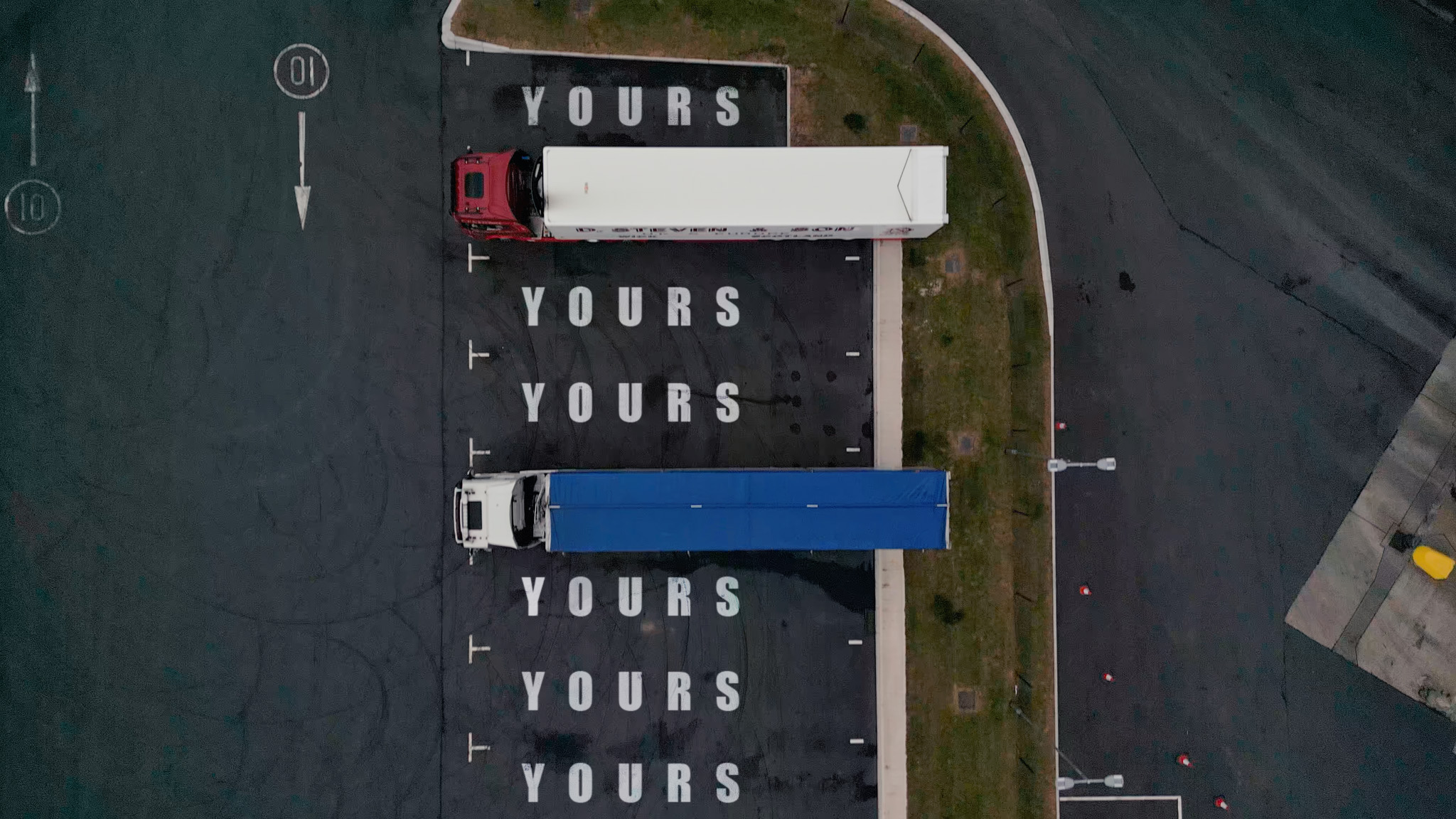
Miranda Blake
Предизвикателства и решения в съвременното управление на транспорта
Създаден: 16.12.2024
•
Актуализирано: 16.12.2024
Съвременното управление на транспорта е стратегически подход към планирането, организирането и контролирането на ефективното и ефикасно придвижване на стоки и материали от мястото на възникване до мястото на получаване. То включва използването на технологии и информация, базирана на данни, за оптимизиране на транспортните процеси, намаляване на разходите и повишаване на удовлетвореността на клиентите.
В този блог ще разгледаме основните предизвикателства и решения, свързани с този въпрос.
Основни предизвикателства
Едно от най-неотложните неща, с които трябва да се справят автопарковете, е управлението на разходите за гориво. Те съставляват значителна част от оперативните разходи и тяхната нестабилност може да доведе до хаос в процесите на бюджетиране и цялостната рентабилност. Непредвидимият характер на цените на горивата създава вълнообразен ефект по цялата верига на доставките, принуждавайки компаниите да вземат трудни решения за поемане на разходи или повишаване на цените, което може да повлияе на тяхната конкурентоспособност. Въпреки това далновидните предприятия приемат стратегии за намаляване на свързаните с това рискове:
● Сключване на договори за хеджиране на горива за фиксиране на цените за определен период, като по този начин се стабилизират разходите
● Инвестиране в модерни, ефективни превозни средства, за да се намали потреблението и да се намалят общите разходи
● Проучване на алтернативни източници на гориво, като биодизел или компресиран природен газ, които да служат като буфер срещу колебанията в цените на традиционните горива.
Едно от решенията - SNAP Fuel - позволява безпроблемно управление на горивото:
● Операторите на автопаркове имат достъп до подробни отчети за разходите, които осигуряват прозрачност на разходите и им помагат да идентифицират тенденции и области за подобрение.
● Чрез партньорството с Certas Energy потребителите могат да получат достъп до отстъпки за гориво, което допълнително намалява разходите.
Задръствания по пътищата
Друг проблем е трафикът. С нарастването на градското население се увеличава и натоварването на съществуващата инфраструктура, което води до проблеми по цялата логистична верига. Забавянията стават нещо обичайно, потреблението на гориво се увеличава, оперативните разходи нарастват, а удовлетвореността на клиентите намалява поради удълженото време за доставка.
Съществуват няколко тактики за противодействие на негативните последици от това:
● Използването на усъвършенстван софтуер за оптимизация на маршрута може да помогне за определяне на най-ефективните маршрути, като се намали времето за пътуване и разхода на гориво.
● Интегрирането на данни за трафика в реално време в операциите може да позволи динамично коригиране на маршрута въз основа на текущите условия.
● Разработването на индивидуални планове за градска логистика може да позволи на предприятията да се справят със специфичните за града предизвикателства, като например зони с ограничен достъп и пикови часове на трафика.
Прекъсвания на веригата за доставки
От природни бедствия до геополитически събития и недостиг на работна ръка - прекъсванията са друг проблем, с който се сблъскват автопарковете - водят до закъснения, увеличени разходи и намалени нива на обслужване, като поставят под въпрос устойчивостта на системите за управление на транспорта.
За да се справят с подобни прекъсвания, организациите могат да приемат няколко стратегии:
● Диверсификация: Снабдяването с материали и услуги от множество доставчици може да намали зависимостта от един-единствен доставчик и да намали рисковете.
● Оценки на риска: Редовното им провеждане може да помогне за идентифициране на уязвимите места във веригата за доставки и да подпомогне планирането на извънредни ситуации.
● Наблюдение в реално време: Въвеждането на технологии, които осигуряват видимост на веригата за доставки в реално време, може да подобри способността за реагиране и да ускори вземането на решения.

Иновативни решения
Тъй като технологиите продължават да се развиват и интегрират, те обещават да променят бъдещето на управлението на транспорта, като решават отдавнашни проблеми и откриват нови възможности за растеж и иновации.
● Телематика: Системите за проследяване на превозните средства предоставят данни в реално време за местоположението, оптимизиране на маршрута и поведението на водача, което улеснява вземането на по-информирани решения.
● ИоТ устройства: Те могат да следят състоянието на автомобила, разхода на гориво и условията на товара, като осигуряват оптимална работа и безопасност.
● АИ и машинно обучение: Чрез тях можете да използвате прогнозни анализи и прогнозиране на търсенето, като подобрите оптимизацията на маршрутите и управлението на запасите.
● Блокчейн: Внедряването на тази технология може да подобри прозрачността, сигурността и проследимостта на веригата за доставки, като повиши доверието между заинтересованите страни.
Задържане и обучение на водачите
Недостигът на шофьори е друго предизвикателство в управлението на транспорта, което Министерството на транспорта се опитва да реши, като започва консултации за начините за облекчаване на този проблем. Подканихме шофьорите на камиони да изразят мнението си относно предложението на страницата на SNAP във Facebook. Въпреки че много от тях не коментираха схемата, 72,5 % оспориха термина "недостиг на шофьори", определяйки го като сплашване. Вместо това те изброиха няколко причини, поради които опитни шофьори на камиони напускат бранша.
Ето защо привличането и задържането на квалифицирани водачи все още е от голямо значение. Правителството въведе няколко мерки, но управителите на автопаркове и шофьорите на камиони могат да предприемат мерки сами:
● Конкурентно възнаграждение и придобивки: Предлагането на атрактивни пакети може да помогне за привличането на най-добрите таланти на конкурентния пазар на труда.
● Флексибилни условия на труд: Осигуряването им може да повиши удовлетворението от работата и да намали текучеството.
● Усъвършенствано обучение и развитие на уменията: Инвестирането в текущи програми може да осигури на водачите необходимите способности, за да се справят отлично с ролята си и да се адаптират към новите технологии.
Друг основен начин да задържите шофьорите е да улесните максимално работата им - а това включва и заплащането на паркинг и миене. За щастие, има SNAP.
Получаване на подкрепа от SNAP
За да научите повече за нашите услуги и как те могат да подпомогнат управлението на транспорта, свържете се с нас, като се обадите на +44 (0)1603 777242.



